What is Tantalum Capacitor: Structure, Failure and Application Guide
3/9/2023 11:21:33 AM
Ⅰ. Introduction and basic structure of tantalum capacitors
Solid tantalum capacitors are made by pressing tantalum powder into an anode body and sintering it in a high-temperature furnace. The dielectric is energized by forming a porous amorphous Ta2O5 dielectric film by immersing the anode body in acid. MnO2 is formed by high-temperature breakdown and is employed as a lead-out connection through the graphite layer.
Tantalum capacitors have high performance, can reach great capacities while maintaining a small volume, are easy to manufacture into small and chip components, are suited for current electronic device assembly automation, miniaturization development, and have been widely employed. It has a long service life, good temperature resistance, and excellent accuracy, but it has limited withstand voltage and current capabilities, and it is generally used in large-capacity filtering parts of circuits.
The figure below shows a tantalum capacitor with MnO2 as the negative electrode
The figure below shows a tantalum capacitor with a polymer as the negative electrode
Ⅱ. Production process
Tantalum electrolytic capacitors are separated into liquid and solid tantalum electrolytic capacitors based on the electrolyte form. Liquid tantalum electrolysis produces a relatively little quantity of heat. This article only covers the solid tantalum electrolysis manufacturing method.
Tantalum pentoxide is used as the dielectric material in solid tantalum electrolytic capacitors; the anode is a metal tantalum block made by sintering and pulled from tantalum wire; and the typical negative electrode is solid MnO2.
There are two ways to install tantalum electrolytic capacitors: lead type and SMD.
1. Production process flow chart
Forming → sintering → volume test → frame assembly → energizing → PTFE coating → film → graphite silver paste → film dispensing and curing → spot welding → molding curing → rib cutting → sand blasting → electroplating → marking → edge trimming → Leakage prediction→aging→testing→inspection→taping→warehousing
2. Description of the main production process
2.1 Forming process:
The goal of this procedure is to combine tantalum powder and tantalum wire into a specific shape. A specified amount of adhesive should be added to the tantalum powder during the molding process.
a) Why do we add adhesive?
To improve the tantalum powder's fluidity and formability, avoid making too many errors in the powder weight, and prevent cluttering the mold cavity with tantalum powder. More adhesive can be used if the low specific volume powder has good fluidity, and less adhesive can be added if the high specific volume powder has poor fluidity.
b) What is the effect of adding too much or too little?
If there is too much camphor, a substantial amount of camphor will volatilize when the camphor is removed, causing the tantalum billet to fracture and split, and the thin tantalum billet to bend. It will not increase the fluidity of tantalum powder if it is too small. Because camphor is a volatile material, a small amount of adhesive can be added to the combined tantalum powder if it will be used for a long time. Camphor will raise the impurity concentration of the tantalum powder, which will influence leakage. To avoid camphor volatilization, contaminants mixed with tantalum powder, and tantalum powder adsorbing gas in the air, the tantalum powder should be sealed and stored in a PTFE bottle or vacuum bag after each day of usage.
c) 3. Can it be sinterized without removing the camphor after it has been formed in the sintering furnace?
Camphor is a low-temperature volatile substance, thus no. The volatile matter will condense in the discharge pipes of the furnace, mechanical pump, diffusion pump, and so on if it is immediately placed into the sintering furnace for sintering.
d) What are the effects of a too shallow depth of wire burial?
It is simple to pull out or loosen the tantalum wire. It is easy to create a high leakage current at the heel of the tantalum wire after it has been gravitationalized in the succeeding step. As a result, it is recommended that the tantalum wire be buried at least two-thirds of the height of the tantalum billet and that it be checked often during the forming process.
e) What is the impact of too much powder weight error?
The pink weight error error is too great, causing major capacity dispersion, and the K (ten percent) file's hit rate will be extremely low. During molding, the powder is frequently weighed, and the error should be within the authorized range (3%). The energizing voltage or sintering temperature can be modified if both light and heavy are heavy or light. Adjust the forming machine, isolate the pressed tantalum billet, make a mark, and place a crucible separately for sintering if there is light or heavy, and it exceeds the error range.
f) The density should be uniform
There can't be any tightness on top, no looseness on the bottom, and no tension on the top. Otherwise, the loose place's pressure resistance will be diminished. The tantalum billet's height should be within the tolerance range; read the process manual for further information.
g) Precautions for molding:
(1) Powder weight
(2) Compaction
(3) Height
(4) Tantalum wire buried depth
(5) Before changing the powder, the machine must be properly cleaned of the old powder.
(6) Avoid touching tantalum powder and tantalum billets with bare hands, and be wary of tantalum powder and tantalum billet contamination. Do not apply oil to any areas where tantalum powder may be present.
(7)The sintered tantalum billet should be packed and kept in a dry container as quickly as feasible, often within 24 hours.
(8) Each crucible must be accompanied with a little card with the operator's name, date, specification, powder weight, and other pertinent information. This card cycles with the work order, and after empowerment, the data must be written on the work order before it is discarded. It may be traced back to prevent quality issues in sintering, energization, and film.
2.2 Sintering process
a) Sintering: under high temperature and high vacuum, sintering tantalum blanks into high-purity tantalum blocks with a particular mechanical strength.
b) Purpose: one is to purify, while the other is to strengthen mechanically.
c) What influence does sintering temperature have on tantalum powder specific volume?
The specific volume decreases as the sintering temperature rises, however this decrease is not totally linear.
Because the tantalum powder particles shrink more closely as the temperature rises, some apertures become burnt and blocked. Porous tantalum powder particles make up the tantalum block. The specific surface area of tantalum powder is decreasing, resulting in a decrease in the specific volume of the tantalum powder.
d) What influence does sintering temperature have on tantalum powder breakdown voltage?
Because the impurities are eliminated more thoroughly at higher sintering temperatures, the breakdown voltage rises in a non-linear fashion as the sintering temperature rises.
e) What will happen to the electrical characteristics if the sintering temperature is too high or too low?
The tantalum wire and the tantalum block are not firmly joined, and the tantalum wire is easily pulled out, or the heel of the tantalum wire is subjected to gravity during future processing, resulting in damage to the oxide coating on the heel. There is a significant current leakage. When the sintering temperature is too high, the specific volume differs significantly from the specified specific volume, and the expected capacity is not obtained. For leakage current, a high temperature is beneficial.The effective pore size will be lowered if the temperature is too high, and the membrane manganese nitrate will not enter into the fine pore size. It causes the film to become impermeable and increases the amount of loss.
f) What should I do if the test volume's capacity is low after sintering?
(1)Determine if the calculated energizing voltage can attain the minimum energizing voltage if the capacity is controlled at 5% -- 10%.
(2) If not, you can only alter the specifications, such as 16V10UF to 16V6.8UF, as long as the energizing voltage is increased; however, it is unclear whether the higher energizing voltage would reach its flash voltage; if it does, it will be extremely harmful. It can also be altered to 25V6.8UF, but the estimated energizing voltage must meet the amended specification's minimum energizing voltage.
g) What should I do if the capacity of the test volume is large after sintering?
Is the computed energizing voltage close to the flash voltage if the capacity is controlled at +5 percent ---+10 percent? It can't flow into the rear channel if it's too close;
The specification can be modified to 16V10U, 16V15U, or 10V15U if it is close to the flash voltage, but the calculated enabling voltage cannot be lower than the minimum enabling voltage, and the specification cannot be altered to a high voltage.
It can only be re-sintered if it is not possible. The sintering temperature should be regulated according to the exact volume for re-sintering.
h) How do you deal with a vacuum degree that isn't good at high temperatures?If the vacuum level drops suddenly at a high temperature, the furnace has sprung a leak. Cool down as soon as possible. Because the tantalum block, tantalum wire, crucible insulating layer, and heat shield are all tantalum products, they will oxidize and become brittle once oxygen enters the furnace.
i) Empty burning
An empty sintering is required after a month of normal sintering, and the temperature of the empty sintering should be more than 100 degrees higher than the normal sintering temperature.
Because low-temperature impurities are adsorbed on the furnace and crucible, if the furnace and crucible are not burnt in an empty state, the low-temperature impurities volatilize to the tantalum block, resulting in a large tantalum block leakage current. (A batch of 35V106 335 225 is thought to be owing to the furnace capacity being too large and the furnace being empty.) Because of the low compression density, it's quite huge).
2.3 Rack
a) Dimensions
The distance between the tantalum block's upper end face and the steel bar's edge is 5.00.2mm. The upper end face of the tantalum block will be covered with silica gel or tantalum wire if the deviation is too large.
b) Be careful to be vertical.
c) Make a note on the mixing tiny card stating if the diameter is less than 2.0, 60 pieces will be released, and if the diameter is greater than 2.5, 30 pieces will be released.
d)A little card should be put to each shelf. Transfer the forming, forming, and sintering data to the tiny card, and make a note of the voltage after the test capacity. Spread on a shelf.
e) Although the voltage is the same for sintering of different levels, it is advisable not to mount it on a steel frame to prevent the capacity from being dispersed across the strip.
f) The steel frame steel sheet must be utilized after cleaning, and it must not be exposed to excessive force in order to avoid distortion and bending.
2.4 Enabling process
a) Enabling: An electrochemical reaction produces a tantalum pentoxide oxide layer, which serves as the medium for a tantalum capacitor.
b) Oxide film thickness: the higher the voltage, the thicker the oxide film, therefore as the energizing voltage rises, the oxide film thickness rises and the capacity falls.
c) Color of the oxide film: the color of the oxide film is also different due to the interference of different forming voltages. The hue becomes periodic as the voltage rises.
d) Forming voltage:Empirical formula (this formula can only increase the voltage in a small range, if the voltage is increased by a large margin, it is not very accurate, and an insurance factor must be added).
C1.V1=C2.V2
V2=C1.V1/C2
C1------The first capacity average;
V1------The first forming voltage (constant voltage);
C2------The capacity to be indicated C2=K CR
(K is defined by the rear channel's capacity shrinkage and can be changed over time.) In general, the smaller the capacity, the smaller the back channel capacity loss; the larger the capacity, the larger the back channel capacity loss; the low specific volume powder, the smaller the capacity loss; the higher the specific volume powder, the greater the back channel capacity loss. CR1UF, K=1.0; CR>1UF, K=1.04) are the most common.
For instance, if the voltage is 35V105, the intermediate sampling capacity is 1.08, 1.05, 1.12, 1.09, 1.10, and the voltage is 95V. To obtain the needed capacity, how many volts must be increased?
To increase 9V, first find the average value of the intermediate sampling capacity C1=1.09, V1=95, V2=1.09X95/1.0=103.5(V).
Note: After increasing the voltage, the energization can be terminated only after the constant voltage is required for one hour.
e) Forming liquid temperature: T1.V1=T2.V2
T1: the first constant pressure temperature;
V1: the first constant voltage;
T2: the second constant pressure temperature;
V2: the second constant pressure temperature;
V2: T1.V1/T2
Note that the temperature K in the formula is an absolute temperature; the Celsius temperature must be multiplied by 273; for example, the first constant pressure temperature is 75 degrees, and the constant pressure voltage is 90 volts. How many volts should the forming voltage be reduced if the forming liquid temperature is increased to 85 degrees?
V2=90(75+273)/(85+273)=87.5V, requiring a 3V reduction.
This is a formula that isn't often utilized. However, it can help explain why the capacity increases at low temperatures.
The better the quality of the oxide sheet, the higher the formation temperature. However, if the temperature is too high and the water vapourizes rapidly, it is required to add water on a regular basis, which might lead to liquid conductivity instability. The constant pressure temperature of the dilute aqueous phosphoric acid solution is usually kept between 70 and 90 degrees Celsius. After extensive testing, it has been established that if the constant pressure temperature is less than 70 °C, the quality of the oxide film will be substantially compromised, and the wet test leakage will be out of tolerance. The constant pressure temperature of the Ethylene glycol series can be appropriately enhanced.
f) Current density:
Low specific volume powder requires a small boost current density due to its small specific surface area. 10 mA/g, B grade powder; boost current density is 20 mA/g; high specific volume powder is 35-60 mA/g, depending on specific volume; consult the process manual for further information.
g) Forming liquid:
Low conductivity, poor oxidation effect, but high flash voltage of creating liquid, anode block is difficult to crystallize and break down; high conductivity, poor oxidation effect, but high flash voltage of producing liquid Only a voltage of less than 200V may be formed with the current dilute aqueous phosphoric acid solution. A dilute aqueous solution of ethylene glycol should be used instead if a product with a voltage more than 200V is to be manufactured. Although this solution has a high flash voltage and a good ability to suppress crystallization, ethylene glycol is difficult to boil. The film's loss will increase slightly after washing. As long as a dilute aqueous solution of phosphoric acid is used, the production voltage of CA42 will not surpass 200V under typical conditions.
h) Constant pressure time: the shorter the constant pressure time, the longer the constant pressure time; consult the process document for details. Principle: The end current should be very tiny, essentially stable, and not drop; the exact value is determined by the typical accumulated data.
2.5 film
a) Coating: The process of degrading manganese dioxide by repeatedly immersing it in manganese nitrate.
b) Purpose: To produce a dense layer of manganese dioxide as the cathode of a tantalum capacitor by thermally decomposing manganese nitrate at high temperatures.
c) Decomposition temperature: Decomposition temperatures should be moderate, ranging between 200 and 270 degrees Celsius (referring to the actual decomposition temperature). At this temperature, the crystal structure of manganese dioxide is -type, and its conductivity is the highest. If the decomposition temperature is too high (more than 300°C) or too low, a-type manganese dioxide or manganese trioxide is formed, which has a very high resistivity and a lower electrical conductivity than -type. The electrical performance reflects the huge loss.
d) Decomposition time: A heavy smoke may be visible when the product initially enters the decomposition furnace, which is nitrogen dioxide gas produced by the violent reaction of manganese nitrate. After around 2-3 minutes, there is hardly little smoke visible, suggesting that the reaction has essentially ended. The decomposition period is too short, the reaction is not yet complete, manganese ions will be dissolved during replenishment formation, and the replenishment formation current will be extremely high. Replace it; if the decomposition period is too long, the oxide coating will be damaged, and there will be a big leakage current. The decomposition time should be flexible; for tiny items, the time is short, while for large things, the time is long. If the decomposition temperature is high, the decomposition time should be decreased accordingly, and if it is very low, the decomposition period should be adequately extended.
e) Manganese nitrate concentration: The goal is for the dilute manganese nitrate to easily penetrate the tantalum powder particles' small pores, allowing access to the interior. The cathode area will be lowered if it is not penetrated, and the film capacity and energizing capacity will be significantly different. The scenario will be reflected in the loss, which will be significant. Before producing the dope, it is necessary to dissect a tantalum core to see if it has been pierced. If it still isn't penetrating, dilute the fluid. Low specific volume powder particles are big, and manganese nitrate is easily penetrated. It's too easy to break in, there aren't enough small tantalum cores, and the quantity of huge tantalum cores should be raised properly. The goal of producing the dope and strengthening solution is to make the manganese dioxide film thicker. When the voltage is applied to the film without a particular thickness, it is simple to generate end-to-end discharge at the upper and lower end face contours, causing the oxide film to breakdown. As a result, try to avoid the upper small and the lower, or the upper and the lower, while making the strengthening liquid, and the thickness of the film layer should be uniform. It's crucial to consider the acidity of dilute manganese acid. It will have a direct impact on manganese nitrate permeability and breakdown quality. In general, each time you test, you should use test paper. Nitric acid should be added if it fails to meet the process requirements. After adding the nitric acid, give it a good stir. Once a week, dilute manganese nitrate is replaced, and once a month, concentrated manganese nitrate is replaced (depending on the output and the cleanliness of manganese nitrate).
f) Intermediate formation liquid:
Pure water repair has a little negative effect. It contains a low number of conductive ions, but a high resistance, which protects the product. The tantalum core is utilized as a replenishing liquid since it is difficult to break down and scorch. There will be no loss if there is no residue. The forming action of a dilute aqueous solution of glacial acetic acid (0.04%) is good. After formation, there is no residue, and there will be no significant losses. However, because of the low flash voltage, it is only suited for 6.3V 10V 16V items. Glacial acetic acid is easily volatilized, resulting in toxic fumes. Because the conductivity is not particularly steady, you should always measure it if you use it. Although a dilute aqueous solution of phosphoric acid (0.01 percent) has a good forming effect and a high flash voltage, making it appropriate for 25V 35V products, phosphate ions persist in the tantalum core after formation, causing a loss increase of roughly 0.5. Solution of ethylene glycol, The forming effect is poor, the flash fire voltage is quite high, and there will be no significant losses after forming. It is appropriate for large-scale 40V50V goods. The forming liquid is expensive and poisonous, but it can be used multiple times if the conductivity is within the qualifying range. In most cases, CA42 is unable to use the developing liquid.
g) Emergency measures for problems found:
(1) If the final diluted solution and concentrated solution have not been formed after soaking in the strengthening solution and drying, and the appearance does not match the requirements, the strengthening layer can be made at this time by simply soaking it in deionized water to strengthen it. The layer will flake off on its own. You can proceed when you've removed the decomposition and formation.
(2) If after strengthening a dilute or concentrated solution, it is discovered that the leakage is significant, it must be handled. You can soak for more than 12 hours with 10 mL glacial acetic acid + 30 mL hydrogen peroxide + 1000 mL deionized water. This technique of treatment Because the damage to the oxide coating is minor, remove it and rinse it, then boil and wash it under steady pressure for 2 hours, and then proceed to the next operation in the order listed.
h) The decomposition atmosphere of the film furnace is the most difficult thing for the film to grasp (temperature, wind speed, oxygen content, steam size). In addition, the air intake, air outlet, recirculation hole, and distribution plate below must all be adjusted properly. Only by checking that the adjustment is in a more suited position can it be validated. It is also vital to guarantee good leakage current in order to ensure good loss. The oxygen concentration is usually kept between 9 and 12 percent.
2.6 Graphite silver paste cutting
Auxiliary cathode is a graphite silver paste that functions as a bridge between manganese dioxide and solder. The original bottle's graphite content is over 10%, and it's best to reduce it to around 4.5 percent in practical use. Because graphite has a high permeability, it is easy to climb up if it is too thin, and if it comes into touch with the tantalum wire, it will cause a short circuit, a huge leakage current, and other problems that cannot be noticed at the time. The heel of the tantalum wire is stressed after spot welding, and the pass rate when spot welding detects leakage current is quite low, as is the breakdown during aging. When making strong graphite, if the graphite layer and manganese dioxide layer are too thick, the graphite layer and manganese dioxide layer are easily delaminated, and subsequent encapsulation and curing are subject to thermal attraction, resulting in interlayer peeling between the graphite layer and the manganese dioxide layer, resulting in increased loss.
It should be mentioned that graphite must have a pH greater than 9. The silver paste is the same way. It is easy to dip if it is too thin, but the silver coating is easily eaten by the solder during dip soldering if it is too thick. The contact between the silver layer and the graphite is poor if it is too thick. During dipping, this causes significant contact resistance and wire pulling. Silver paste is used twice by some producers, and the silver paste and graphite must be rolled evenly according to the process requirements before usage.
The cut's quality is frequently overlooked. The leakage will be affected by the sharpness of the knife edge, the gap, and the rate of rushing down.
We found a ten percent leakage current due to poor cutting quality in our tests.
2.7 Spot welding
The further away the solder connection is from the root, the less likely the root oxide film will be damaged. The position and gesture of the spot welding should be correct. The look after encapsulation is strongly influenced by the position of spot welding and dip welding.
The pass rate of spot testing leakage current after spot welding is crucial information. We must always pay attention to the testing information as process technicians. If it is discovered to be inaccurate, we must determine what caused it; otherwise, the quality of subsequent items will be impossible to manage. Although the batch of products cannot be recovered, the same situation arises when the film flows for a period of time.
Frequently possible problems:
a) Tantalum wire cut too short? Solder joint too close to root? The spot welding voltage is too high, and the tantalum wire is too melted?
b) Is the tantalum wire dirty? Is the silicone not coated properly? Silicone on the top? Is the reinforcement layer on the upper end surface too thin? The frame size does not meet the requirements? Deformation of the steel sheet? Mold wear?
c) Graphite crawled onto the end face? The evacuation of the reinforcement layer makes it easy for graphite to climb up?
d) Problem with the cutter?
The problem must be investigated to the end, and only after the problem has been identified can corrective and preventive measures be formulated.
2.8 Dip Soldering
The temperature should be kept at 210°C (+10/-5°C): if it's too low, the sticky tin is too thick, and there's a tin tip at the bottom; if it's too high, the sticky tin is too thin, and the silver layer is easily swallowed by the solder; and if it's too high, the silver layer is easily swallowed by the solder, and the time is kept at The duration is too long, about 2 seconds, and the silver coating is easy to peel off. It's excellent if you can master one-dip soldering. The silver layer and graphite may be peeled off if you immerse it repeatedly.
Because the negative pin is so close to the tantalum core, it can't be short- or open-circuited. The negative electrode should reach at least 1/2 of the tantalum core, but it should not protrude from the tantalum core's bottom, as this will make it easier for waste to form after encapsulation.
Control the flux concentration; if the concentration is too thin, the tin is too sluggish; if the concentration is thick, the tin is rapid, but the sticky tin is thick, the graphite and manganese dioxide layer will readily separate.
2.9 Aging
The goal of aging is to remove early failure products and restore the oxide film. The size of the aging power supply's series resistance has a strong association with the aging impact. It is impossible to meet the goal of rejecting early failure goods if it is too large. Because the product will be broken down a little if it is too small to repair the oxide film, the impact of mending the oxide film will be lost. The product should be released for 24 hours after aging before being measured, or the leakage test will be erroneous.
2.10 Three Parameters and Test Methods of Capacitors
Capacity: Note that the frequency is 100HZ.
Loss: Note that the frequency is 100HZ.
Leakage current: The IL criterion is 0.02CU (C is the nominal capacity, U is the test voltage).
2.11 Explanation of several professional terms:
The formed tantalum billet is called the tantalum block after sintering-------the energized is called the anode block-------after the graphite silver paste It is called tantalum core------- after spot welding and dip welding, it is called core group------- after encapsulation, it is called capacitor
The quality of the products will not meet the basic requirements of users. Such a product has poor anti-surge ability, so it will be very prone to breakdown when used in circuits with large pulse currents.
Blog Category
NewsLatest Products
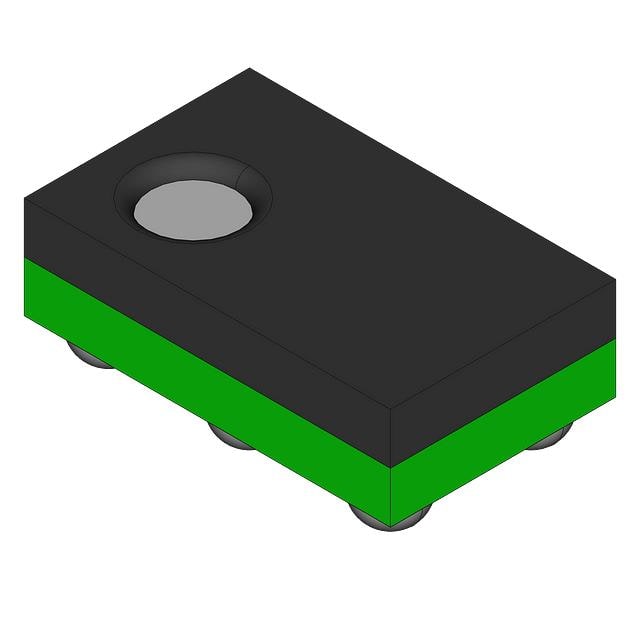
-
IP5002CX8/P135
NXP USA Inc.
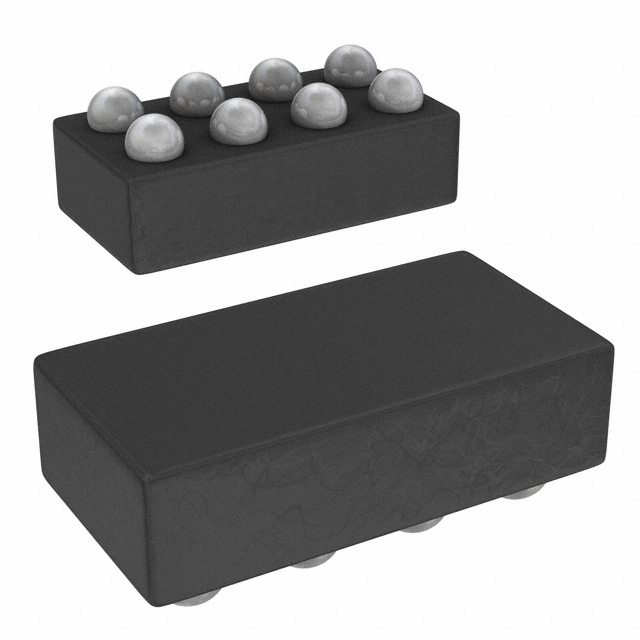
-
ADAU7002ACBZ-RL
Analog Devices Inc.
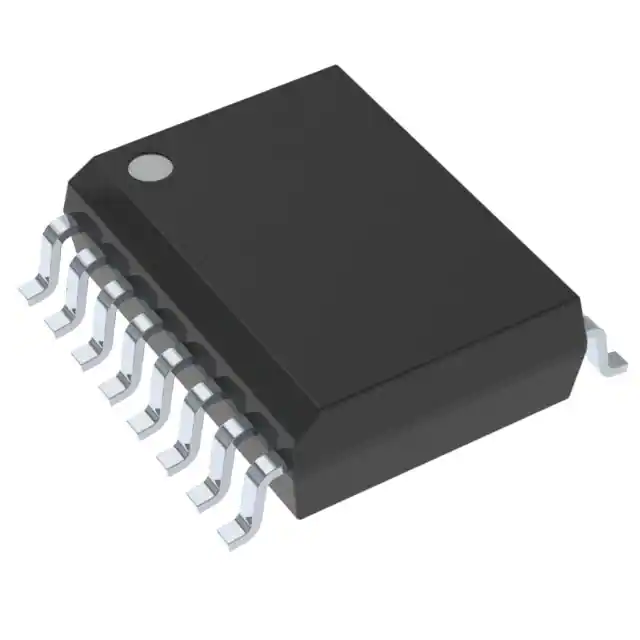
-
PGA2320IDW
Texas Instruments
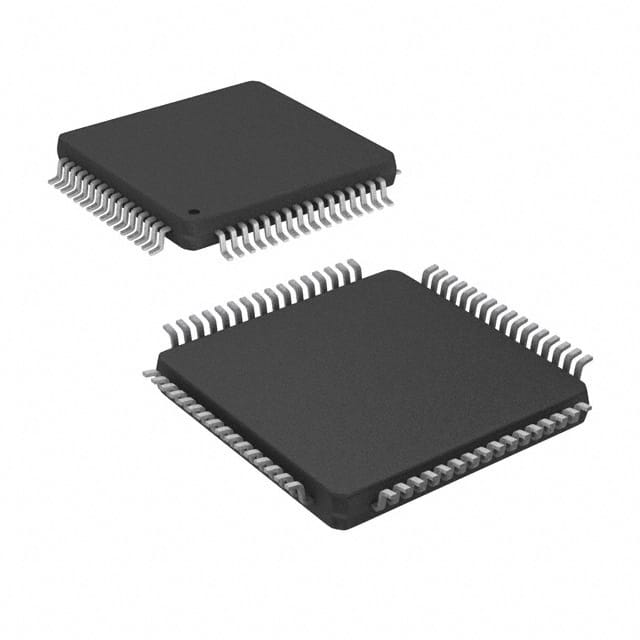
-
SRC4184IPAG
Texas Instruments
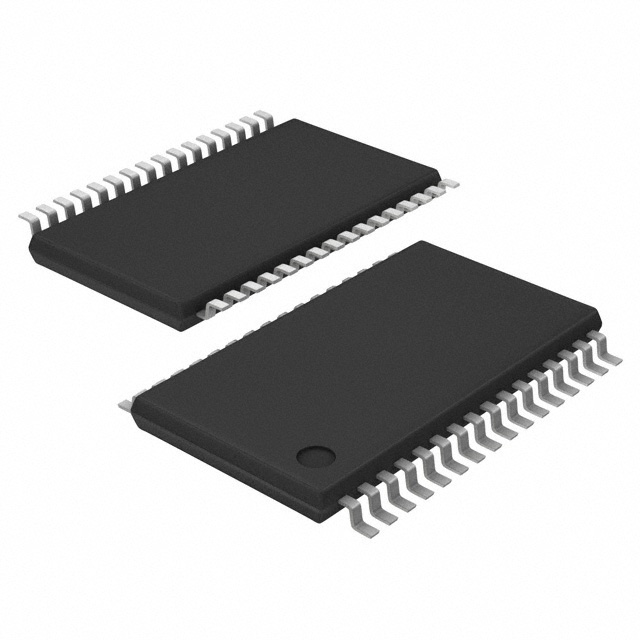
-
MUSES72320V-TE2
Nisshinbo Micro Devices Inc.
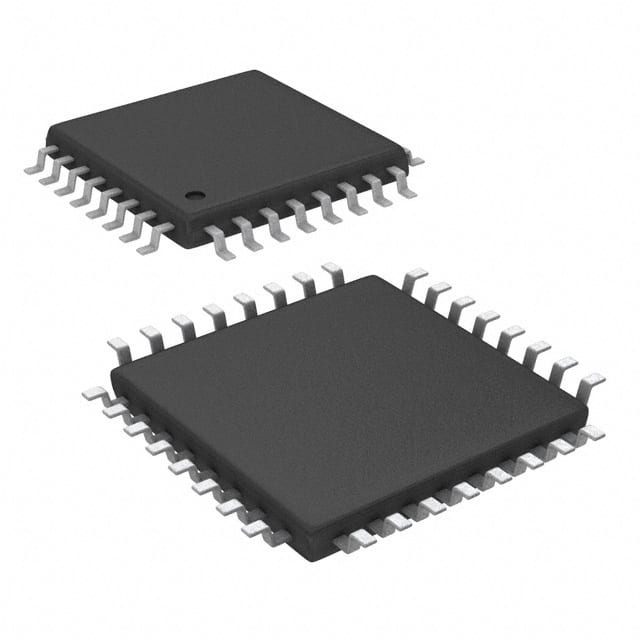
-
PCM2706CPJT
Texas Instruments
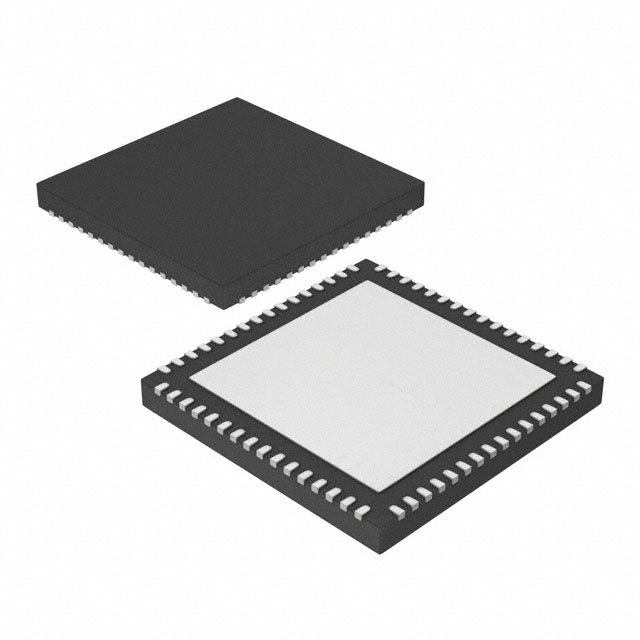
-
ZL38040LDG1
Microchip Technology

-
PGA2310UA/1K
Texas Instruments

- 10,000+ Daily Order Quantity

- 5000,000+ Alternative Parts

- 2800+ Worldwide Manufacturers

- 15,000 ㎡ In-stock Warehouse
